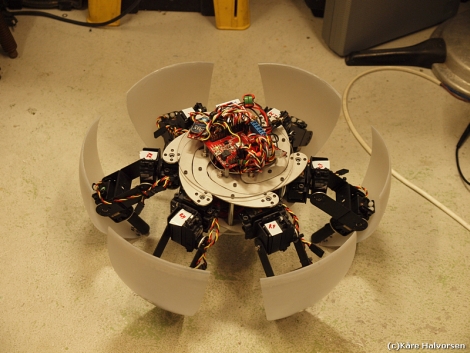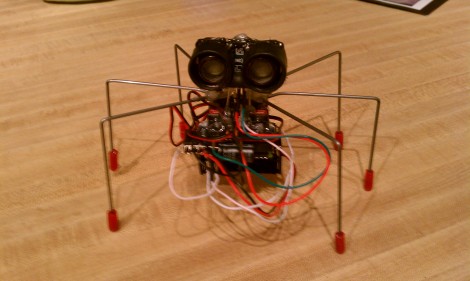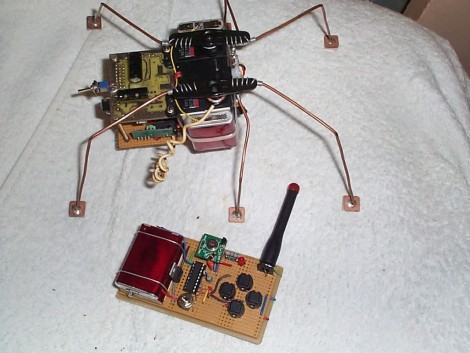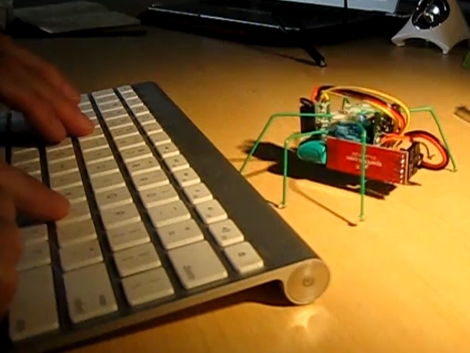
Hexapod robots seem to be a dime a dozen lately, but we think you will be hard pressed to not be wowed by [Zenta’s] latest creation. He’s built a bunch of hex and octopods before, but hasn’t tried building anything quite like this.
His MorpHex bot might look like your standard hexapod, but once it gets moving, you can see that it’s quite unique. Utilizing over 25 servos driven by a single ARC-32 controller, MorpHex moves in smooth, fluid-like motions, making it almost seem like it’s alive. The inner portion of the body can fan out, extending the overall length of the bot, though it’s more meant to allow the bot to morph into a ball and back, rather than increase its size.
In the teaser video below, you can see MorpHex in action, with its parts flowing together more like a jellyfish than any sort of land animal. While [Zenta] is continuing to work on MorpHex’s sphere-morphing capabilities, we think it would make for an awesome and creepy spiderbot!
[Thanks, weaz]
















